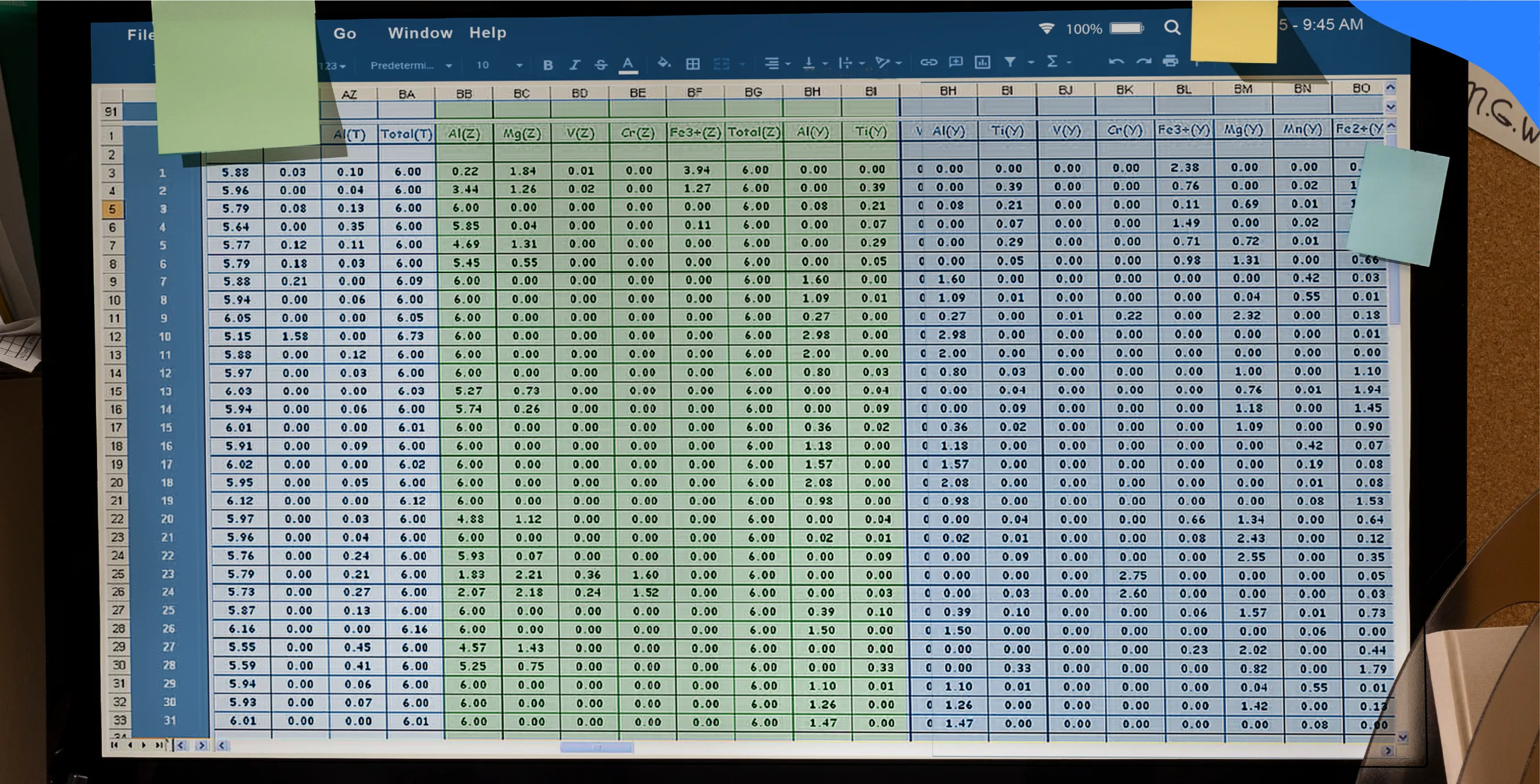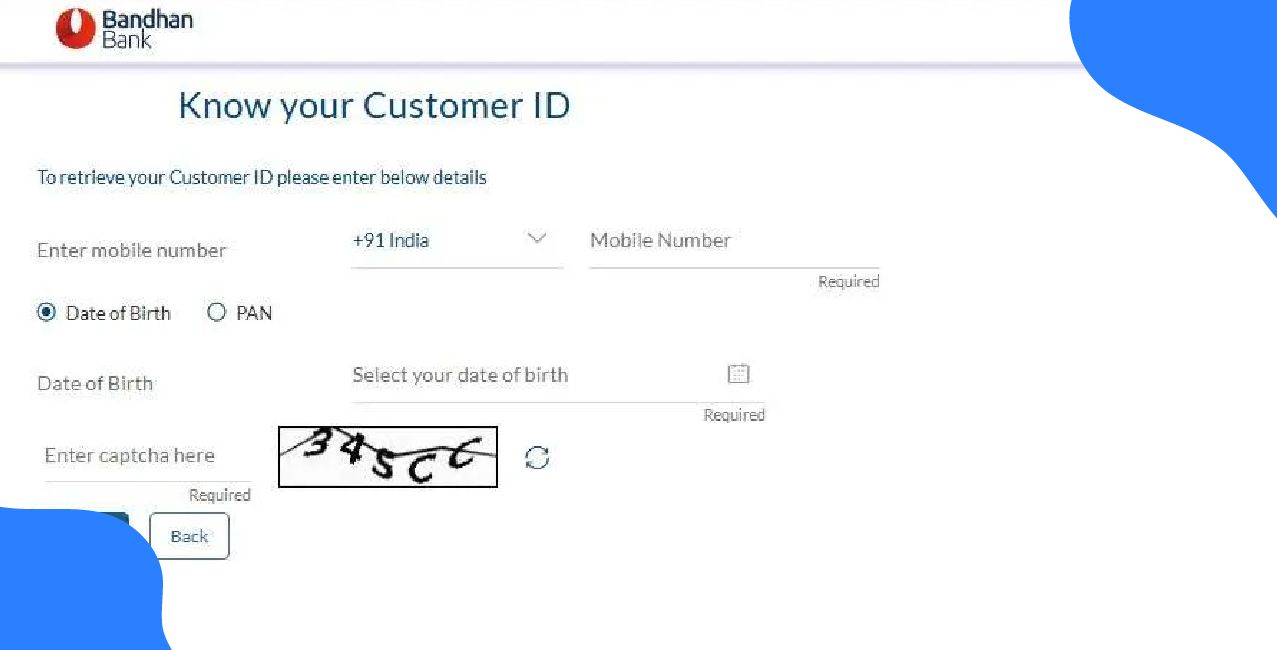
Author
LoansJagat Team
Read Time
6 Min
26 Jul 2025
What Is A Ledger? Meaning, Format & Role In Accounting
A ledger is a primary accounting book where all transactions are grouped by category, such as sales, rent, or utilities, to give a clear picture of income and expenses. It plays a crucial role in maintaining financial accuracy and is the base for preparing final accounts.
Suppose you run a small shop. Over a year, you earn ₹5,00,000 from sales, pay ₹60,000 in rent, and spend ₹12,000 on electricity. Instead of searching through every bill or receipt, the ledger neatly shows:
- Sales Account: ₹5,00,000
- Rent Account: ₹60,000
- Electricity Account: ₹12,000
Whether for business or personal use, ledgers help you track easily where money comes from and where it goes.
In this blog, we will understand the meaning of ledger, its format, and why it is important for financial management.
What Is A Ledger In Accounting?
Ledger is a permanent record where all financial transactions are grouped under individual accounts. Accountants also call it the book of final entry as it gathers all journal entries under proper heads.
It includes accounts like Cash, Sales, Rent, Equipment, Capital, and more. It also displays every debit and credit recorded within that specific account.
Key Features of a Ledger:
- Creates separate entries for every type of transaction conducted.
- Helps in tracking how much is spent or received under each account.
- Acts as the foundation for creating trial balance and financial statement reports.
- Also, it supports accurate and transparent record-keeping.
Example:
Your business pays ₹5,000 for electricity in January and ₹3,000 in February. The Electricity Expense ledger will show both entries and the total of ₹8,000.
Read More – What is Accounting?
Format Of A Ledger
Entries in a traditional ledger are arranged using the T-account method. It is a method in which an account is built in ‘T’ shape with two sides.
- Debit (left-hand side) (to show expenses)
- Credit (right-hand side) (to show income and gains)
The following is the basic structure of a ledger:
For debit entries, you will use ‘To’ (because you have made an expense). For credit entries, you will use ‘By’ (because you have received an income). You need to balance every entry so that, in the end, total debits and credits are equal.
Components Of A Ledger Entry
The following are the components of a ledger entry:
- Date: When the transaction occurred.
- Particulars: Account to which the entry relates.
- Journal Folio: Shows the original entry’s page number.
- Amount: Debit or credit value.
- Balance: The remaining value after recording the entry.
Common Types Of Ledger Accounts
There are three types of ledger accounts based on the nature of the transactions:
1. Personal Account
Accounts relating to individuals or organisations.
Example: Ramesh & Co., Axis Bank A/c
2. Real Account
Accounts that relate to physical or intangible assets.
Example: Machinery A/c, Building A/c
3. Nominal Account
Accounts that show expenses, losses, incomes, or gains.
Example: Rent Paid A/c, Commission Received A/c
Ledger Entry Example
Rohan runs a business. He paid ₹10,000 for office furniture in cash. The journal entry for this transaction will be:
Now, he will post this to the respective ledger accounts.
He will make a ledger of the furniture account. The following table shows the ledger of the furniture account:
He will make a ledger of the cash account. The following table shows the ledger of the cash account:
You can see that this entry clearly shows that money was paid from the Cash Account and used to purchase furniture.
Role Of Ledger In Accounting
Ledgers hold a vital place in managing business accounts daily. It is used for:
1. Recording All Financial Activities
To properly record all types of transactions (payments, receipts, purchases, sales) in ledgers. It makes sure that no detail is missed.
2. Supporting the Double Entry System
Every transaction has two sides, a debit and a credit. This keeps the accounting equation in balance.
Assets = Liabilities + Equity
3. Grouping Similar Transactions
You will classify entries under relevant accounts. This will help you track how much is spent on electricity, what’s received from customers, or what’s owed to suppliers.
4. Preparing the Trial Balance
The final trial balance comes from all individual account ledger totals. It helps in verifying that total debits are equal to total credits.
Also Read - What is a Balance Sheet?
Sample Trial Balance:
A trial balance helps ensure that the total of debits equals the total of credits. This confirms the mathematical accuracy of bookkeeping. It also serves as a base for preparing financial statements like the profit and loss account and balance sheet.
5. Foundation for Financial Reports and Audits
You might know that ledgers form the basis for preparing key financial statements like the income statement and balance sheet.
Auditors and accountants rely on ledger entries to verify that all transactions are correctly recorded and backed by evidence. Without ledgers, it becomes difficult to measure profits, assess financial health, or pass an audit confidently.
Balancing The Ledger
Preparing a ledger involves summing up and matching the debit side against the credit side of every account.
Steps to Balance a Ledger:
- Total both the debit and credit sides of the account.
- Then, subtract the lower amount from the higher total.
- Now, put the difference on the side with the smaller total, marked as “Balance c/d” (balance carried down to the next period as the opening balance).
- And, bring it to the next period as “Balance b/d” (balance brought down from previous period’s closing balance).
We can understand it better with the help of an example. The following is an example showing ledger of rent account:
Balance b/d on 01-02-2025 = ₹10,000. This balance will now appear in the Rent Account at the start of the next month.
Conclusion
A ledger helps you keep your business finances clear and organised. It records every transaction and sorts them into accounts like sales, expenses, or purchases.
By entering each amount correctly, you avoid mistakes and keep your records accurate. Keeping a ledger makes it easier to create financial reports and see if your business is making a profit or a loss.
It also makes audits simpler and helps you track all the money coming in and going out. Without a ledger, managing your business finances can quickly become confusing and stressful.
FAQs
1. Are ledgers used in preparing financial statements?
Yes, because ledgers provide the final balances needed to create trial balances, income statements, and balance sheets.
2. Why is it called the Book of Final Entry?
Because final accounting summaries are written in it.
3. Is it necessary to balance each ledger?
Yes, it helps maintain accurate records.
4. What is a T-account in a ledger?
It’s the basic format used to record debits and credits.
Other Informative Pages | |||
About the Author

LoansJagat Team
‘Simplify Finance for Everyone.’ This is the common goal of our team, as we try to explain any topic with relatable examples. From personal to business finance, managing EMIs to becoming debt-free, we do extensive research on each and every parameter, so you don’t have to. Scroll up and have a look at what 15+ years of experience in the BFSI sector looks like.

Quick Apply Loan
Subscribe Now


